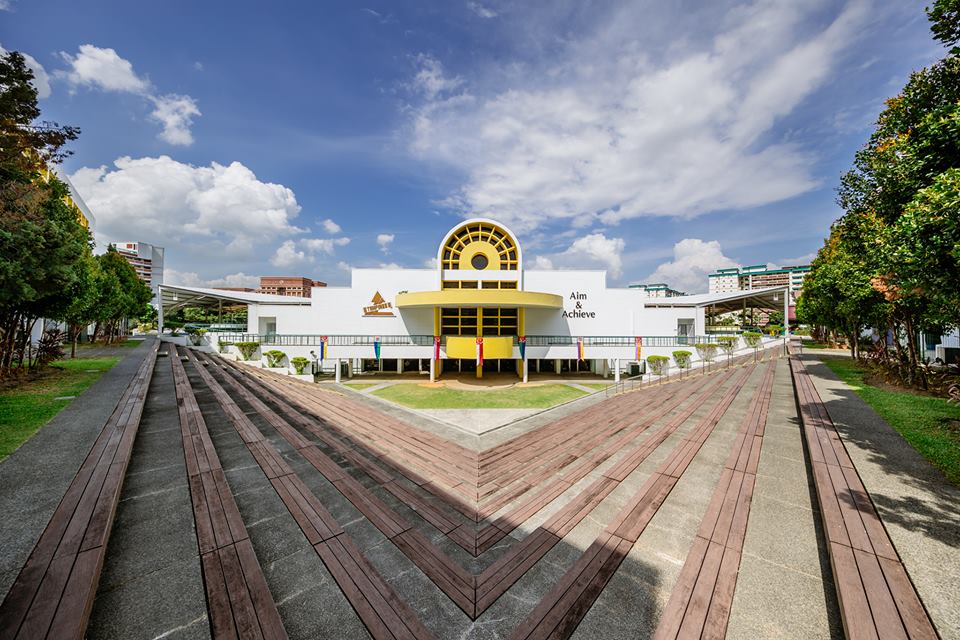
I wrote about the demise of our heritage schools three years ago, and how policymakers had — in a one stroke of the pen — erased a suite of pioneer institutions built by our forefathers who had faithfully devoted themselves to the education mission.
The announcement last Thursday by the Ministry of Education (MOE) on the impending merger of 20 primary and secondary schools, and, for the first time, eight junior colleges (JCs), felt like deja vu.
After a press briefing, MOE director of schools Liew Wei Li, referencing the JC closures, said that it had been a “difficult” but necessary decision to “provide (those kinds) of opportunities and range of choices for the students to come”.
While these consolidations may be inevitable in light of our shrinking fertility, what is frightening is how the changes were executed.
A cold and clinical press release documenting the impact of our population woes justified the decision — fertility has dropped, so schools are closed. Without a critical mass, a school would not be able to offer a good range of educational programmes and co-curricular activities for its students, the statement said.
It added: “In deciding on merging or opening schools, MOE’s key consideration is to be responsive to changing demographics and community needs, whilst providing an optimal student experience at all times.”
Indeed, we have gone from 50,000 births a year in the 1980s to under 40,000 in 2002, and about 37,000 this year. Correspondingly, JC enrolment is now expected to drop by a fifth between 2010 and 2019, going from 16,000 to 12,800.
The public reaction — especially from students and alumni of the affected schools — has been one of surprise and resigned sadness. Perhaps, the news could have been handled with greater sensitivity and at a better time.
Was there consideration of how the impending loss would affect the morale of pupils who will be sitting for their Primary School Leaving Examinations (PSLE), O- or A-Levels exams in less than six months?
Singaporean students are taught in school that remembering our past is important, but they are just about to lose a slice of theirs.
MOE said that the history and heritage of the schools that will move will be preserved in a dedicated space at the merged schools, but no further details were given.
MOE also explained that in deciding on the pairing of schools to be merged, it had considered their geographical proximity and infrastructural capacity on top of enrolment size.
For JCs, an additional consideration was the overall geographical coverage across Singapore.
However, given the scale of the merger and the sizeable number of Singaporeans who will be affected, could there have been public consultations or at least meetings to explain the decision? Could more thought have been put into new missions for old schools instead of merging them?
Questions that have appeared on social media include those on the rationale behind the choices of JCs for merger.
At least one JC was started not too long ago — Innova Junior College was founded only in 2005, but will now be merged with Yishun Junior College.
A new JC, Eunoia JC, started just this year. It is not one of the schools chosen for the merger.
MOE’s explanation was that the rationale of starting Eunoia JC was not to increase capacity but to provide an Integrated Programme (IP) for students from three secondary schools: Catholic High School, Singapore Chinese Girls’ School and CHIJ Saint Nicholas Girls’ School.
Yet, it is not far-fetched for Singaporeans to question if the choice of schools for merger reflects some level of elitism, and a cruel reminder of the pecking order of Singapore Inc.
Yuhua, Shuqun, East Spring, East View, Hong Kah and Jurongville Secondary Schools will be combined into three secondary schools.
All, except Jurongville Secondary, accepted students for the Express stream with a minimum T-score requirement of 189 points in the 2016 PSLE.
The minimum T-score requirement for Jurongville was 200.
Seven of the eight junior colleges chosen for the merger were reportedly ranked at the bottom of the table in terms of the cut-off entry points in 2016.
Is it also a coincidence that none of the secondary schools and junior colleges slated for merger are among the better-performing schools?
It might suggest to our young that entitlement for a place in Singapore’s built heritage is a luxury that is affordable only if you have found success in life in ranking.
Schools are not just institutions designed for knowledge acquisition. They are the places for our young to interact with the different characters and personalities who make up society, where friendships are forged and values are nurtured.
School mergers should not be treated like commercial en-bloc redevelopments, where news is kept hush-hush till the last minute, for secrecy is paramount to prevent profiteering homeowners.
There are no winners in schools mergers such as these.
While we must accept that change as inevitable, it is still traumatic for Singaporeans to be conscious of the loss of our distinct heritage to the ebbs and flows of globalisation and immigration.
We should not forget that schools are common touchpoints we share, and our collective memories of them offer an ever more important anchor to the city-state.
There is significant investment by students and staff to making their schools a part of their identity that they call home. This is a precious resource, not to be to be squandered away outside the classroom.
Dr Leong Chan-Hoong is a Senior Research Fellow and Head of the Institute of Policy Studies Social Lab, a centre for social indicators research.
This piece was first published in TODAY on 25 April 2017.
Top photo from Tampines Junior College FaceBook page.
